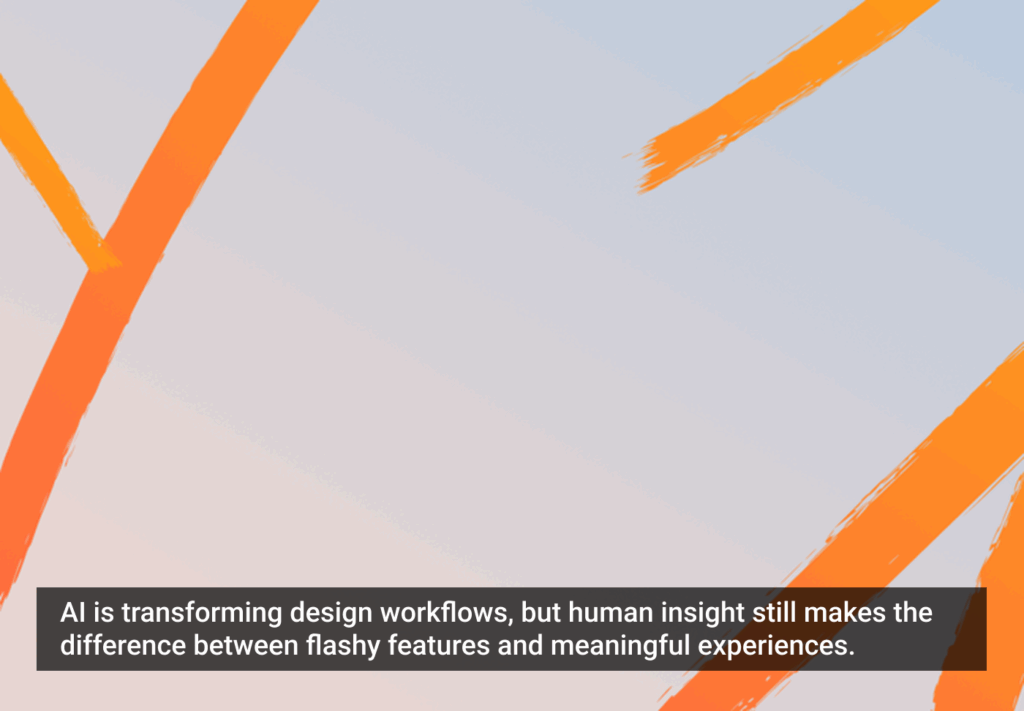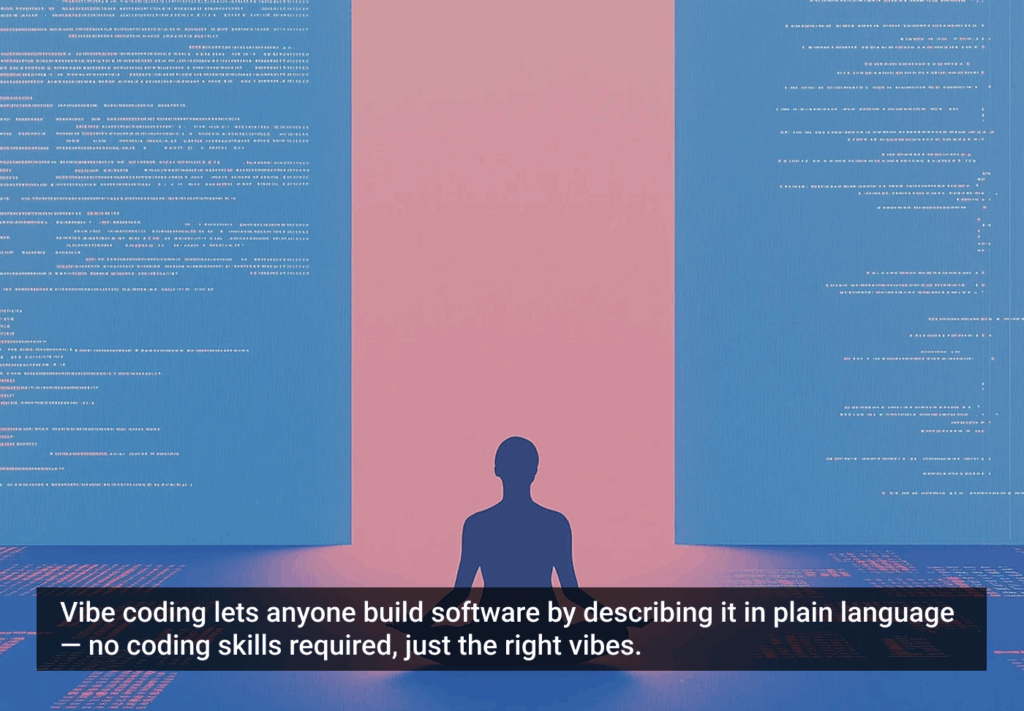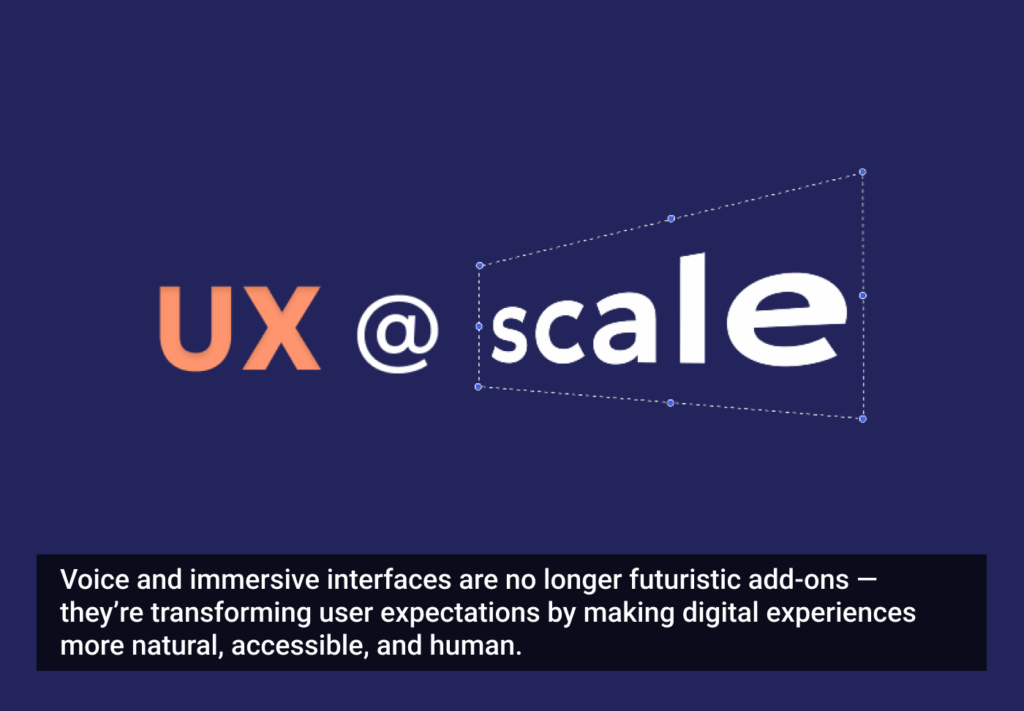User experience has become “the new black” in product and application development with many organizations embracing a “build and prototype” culture.
This is quite a sea-change from as recently as five years ago when UX wasn’t really on anyone’s radar apart from renowned innovators like Steve Jobs. He was always obsessed with the customer experience and very much in the “nitty gritty” of product design.
When I earned my degree in computer science 15 years ago, we literally had one UX module in the whole course curriculum. Astounding, isn’t it? Look at any computer science course today and UX is everywhere, in every single module, and completely integrated into the coursework syllabus.
I imagine that for any developer with more than 10 years of experience, this new UX culture is causing some anxiety. Today, you can’t be a developer without having UX experience. If you’re an older developer, you might not have been instructed in the ways of UX. This is your Achilles heel and believe me, you can’t just acquire these skills overnight.
What is UX?
UX is an unusual combination of art and science. It requires a cross-functional capability and new ways of thinking: a developer who appreciates good design, and a designer who understands application development. Engineers need to work in computing languages, but think in “human experience.” This combination of talent doesn’t naturally sit together. Sure, the new kids on the block might have both skills ingrained because they’ve learned this type of thinking from the outset—more seasoned developers, not so much.
So why is it so important to incorporate UX into the development process? From my perspective, applications fail not because they are functionally poor but because they have been adopted poorly.
The consequence of not having UX as a central part of your development strategy can be catastrophic
You can have a great, functionally rich product, but if the users don’t adopt it, the product is obsolete and serves no purpose. We are also in an era when everyone expects instant gratification—plug and play technology. Think about it, when you use any application, if it takes more than a few milliseconds to respond you’ll view that as a bad user experience. The best products are those that have simplicity designed into them. Look at Apple, Google, Twitter, and Fly.com: all these brands are incredibly user friendly and simple to use.
Get into UX
To be successful, UX can’t be an afterthought or a bolt on. It has to be at the forefront of your development strategy. It needs to be in the culture of the business and the development teams. Good UX is ultimately about understanding your users’ experience, and I don’t mean asking them to get involved in the features and technical spec. It is more about engaging, observing, asking questions, and looking to understand user needs. To use a car analogy it’s about the driving experience, the look and feel, the design spec, it’s not about what’s under the bonnet.
Live testing is a great usability barometer. Developers watching their first live test often find the experience a revelation. They instantly get that (a) regardless of what they thought before, all users are not just like them and (b) people have a much harder time figuring out how to use products than we think. So it becomes clear that to design something that people want to use (without getting frustrated) you need to invest a lot more care, thought, and testing into the design process.
The Science of UX
Ultimately, I view UX like a scientific experiment and this is something we here at OutSystems try to put emphasis on. Success depends on four key components:
- You need to start with your research. For example, conduct a UX audit that captures the sequence of interactions your customers need to take to complete basic tasks with key products. Then involve the users along the way, using live testing to really understand their requirements—you’ll be surprised at how fast applications fail in the hands of your users, so test, test, and test again.
- Your UX approach requires a methodology that keeps change at the heart of the product development and deployment process. You need a development environment that will allow you to rapidly accommodate change—one that is flexible and can work within the ebb and flow of the UX process.
- Most importantly, you need plug and play technology. This allows you to seamlessly integrate best-of-breed design and best of breed development into your systems. This is where OutSystems can help. We’ve developed a UX-for-IT initiative that includes a toolkit that was especially designed to enable IT departments to adopt and scale their UX strategies. So if you are an “old school” developer, help is at hand.
- Finally, you need to develop a risk-taking culture. This encourages your development team to explore and experiment.
Conclusion
While I understand the anxiety of developers who perhaps haven’t had UX ingrained into their education and culture, I hope I’ve demonstrated that there are tools, support, and ways to overcome this.
Let’s face it, the consequence of not having UX as a central part of your development strategy can be catastrophic, resulting in the creation of a product that never gets adopted. So developers, don’t let UX be your Achilles heel—embrace it, understand it, and adopt it!
Image of wounded Achilles courtesy Shutterstock







